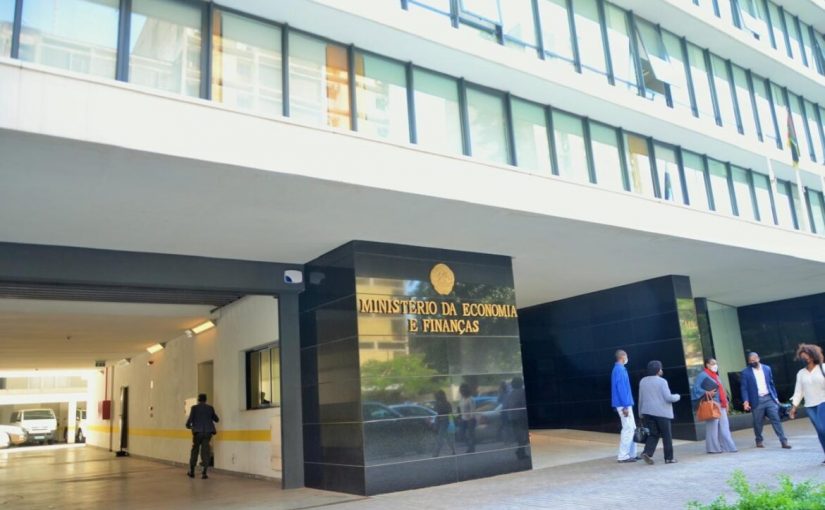Mozambique: Japan is crucial partner for structural projects – Finance Minister
Mozambique: Public debt stock still growing; up 2.8% YoY to €14.5B at end-March

File photo: Notícias
Mozambique’s stock of public debt at the end of the first quarter was up 2.8% on a year earlier, to 999 billion meticais (€14.5 billion), according to budget execution data in a report to which Lusa had access on Wednesday.
According to the report, from the Ministry of Economy and Finance, this total volume of debt, both internally and externally contracted, compares with 971.4 billion meticais (€14.117 billion) in the same period of 2023.
“In line with the trend of stabilisation of the external debt stock, during the first quarter the government did not take out any new loans, but in the meantime initialled six financing agreements in the form of grants totalling 194.9 million dollars [€181 million] with multilateral partners, namely the World Bank and the African Development Bank,” reads the report.
Of the state’s total debt on 31 March 2024, 651.192 billion meticais (€9.463 billion) corresponded to external debt (multilateral, bilateral and sovereign debt securities), which in this case was down on the first quarter of 2023, when this stock was 615.655 billion meticais (€8.947 billion).
In terms of domestic debt, which includes the issue of short-term Treasury Bills (BTs) and long-term Treasury Bonds (OTs), as well as loans from the Bank of Mozambique, the stock rose from 313.780 billion meticais (€4.560 billion) to 347.869 billion meticais (€5.055 billion) in one year.
A report on public debt in 2023, released by the Ministry of Economy and Finance in April, highlights the rate of growth of domestic debt, which, if it continues, threatens the process of reversing its unsustainability “in this generation” that had been underway.
“If domestic debt continues to grow at the current rate over the next five years, the breakdown of the stock could balance out at 50 per cent domestic/50 per cent external by 2029, with a portfolio dominated by purely commercial instruments, a scenario that would jeopardise the chances of reversing the unsustainability of the debt in this generation,” reads the debt report, previously reported on by Lusa.
It adds that, as interest rates on BTs and OTs “have increased, the cost of domestic financing has been driving a continuous upward adjustment in the weighted average interest rate of the government’s loan portfolio.”
This rate has gone from “5 per cent in 2021 to 5.8 per cent in 2022 and now 6.5 per cent in 2023, making for a cumulative increase of 150 basis points in two years,” notes the report, which also warns that the “refinancing risk, reflected in the growing concentration of maturities” of public debt “on the short-term horizon, represents the greatest vulnerability.”
Mozambique’s domestic debt at 31 December 2023 was the equivalent of $4.9113 billion (€4.616 billion). The weight of BT issues in the total stock of the public debt went from 4% in 2019 to 9% in 2023, while the weight of OTs went from 8% to 16% in the same period, according to the same report.
“In the last two years, the average time to maturity has fallen from ten to eight years, which suggests that each year the average maturity of the government’s portfolio falls by one year,” the report states. “Just over a third of all debt matures within a year. In the current climate of pressure on the government’s treasury, this overloaded cycle of domestic debt maturities increases the risk of a scenario materialising over the course of the year in which the treatment of overdue instalments by commercial refinancing will be the only option available to the government.”













Leave a Reply
Be the First to Comment!
You must be logged in to post a comment.
You must be logged in to post a comment.